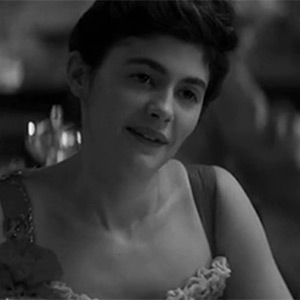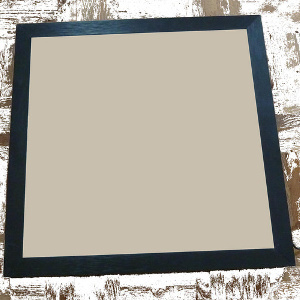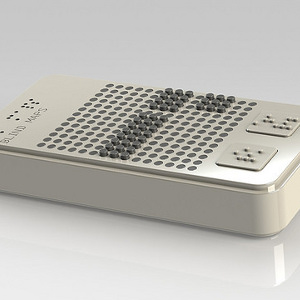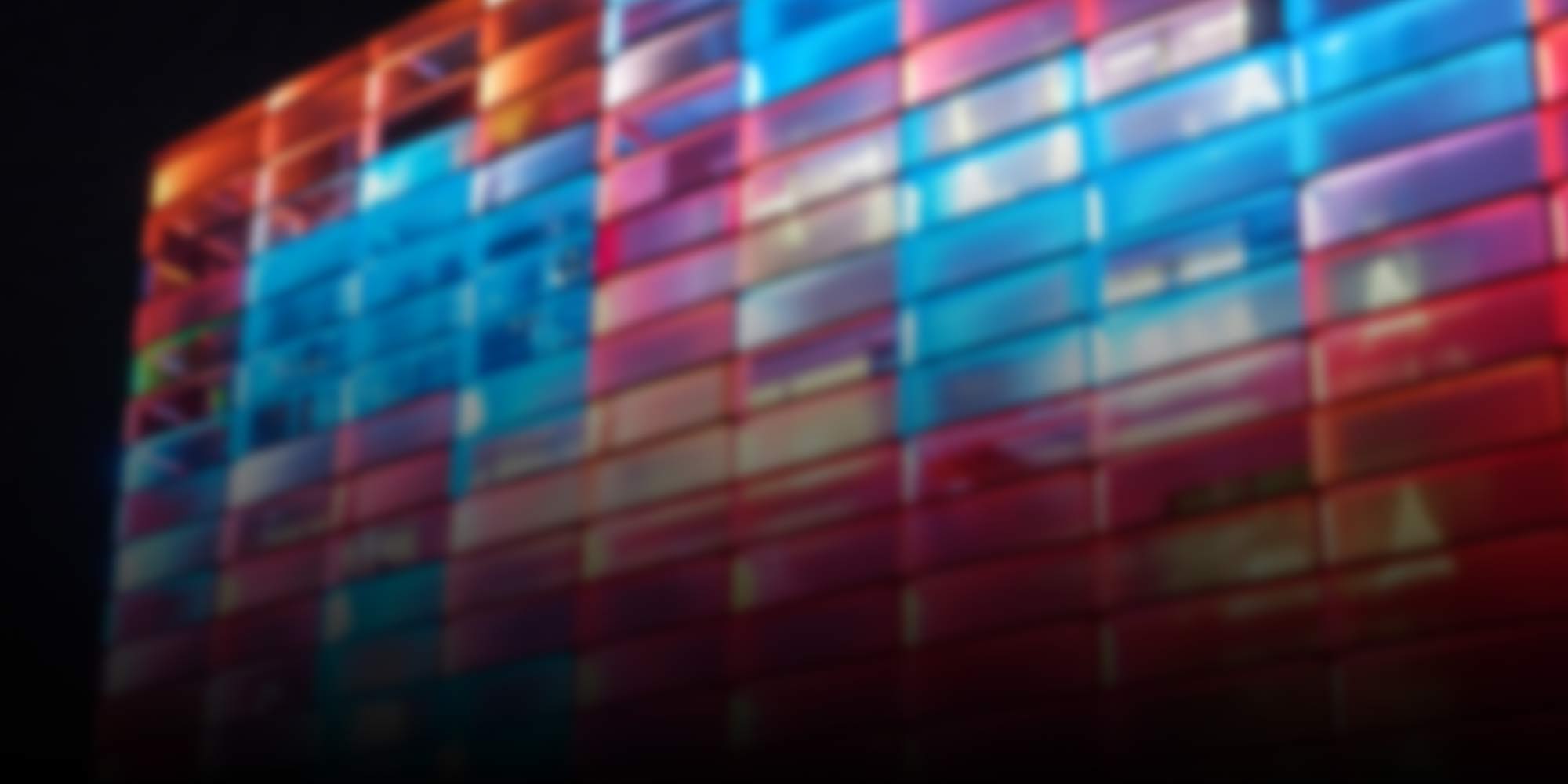
2014
-
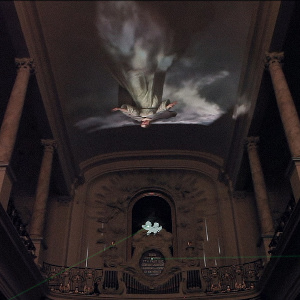
Linz’s Cathedral as a Musical Instrument
Projection mapping is being raised to the next level of artistic development in “Archifon III”, an interactive installation that Czech artists Tomáš Dvořák and Dan Gregor are staging at the grand opening of this year’s Ars Electronica Festival.
-
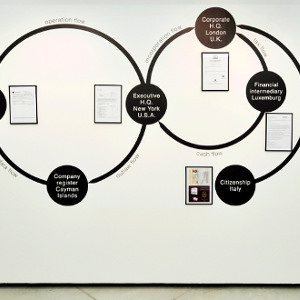
Loophole for All – Freedom from Taxation for Everybody!
“Everyone should have the possibility of exploiting the same tax benefits that major corporations are constantly taking advantage of” ,Paolo Cirio stated. He describes his project as an attempt to democratize tax avoidance.
-

ARTS2: The Art of Programming
The featured guest institution at this year’s Campus exhibition is the ARTS2 art academy in Mons, Belgium, the 2015 European Capital of Culture. In this interview, Professors Michel Cleempoel and François Zajéga offer a close-up look at the school’s multidisciplinary Digital Arts program.
-

Device Art: Cool Tools
The Ars Electronica Center’s new “Device Art” exhibition features an extraordinary array of odd devices. What they have in common: whimsical outer shells with serious concepts inside. Hiroo Iwata has been a trendsetter in Device Art since its inception in 2004.
-
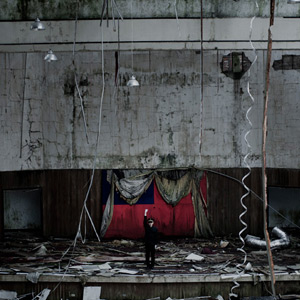
Buddha on the Beach
Contemporary life is full of rapid changes, the virtual collides with reality, chaos is the ultimate master. At the 2014 Ars Electronica Festival the exhibition Buddha on the Beach presents Taiwanese works that take up the topic.
-
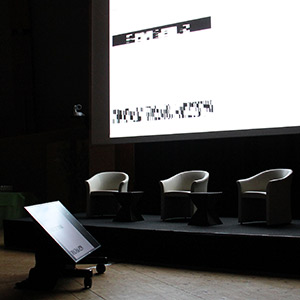
Ryoji Ikeda immersing into the world of physics at CERN
The Japanese media artist and composer Ryoji Ikeda, the third Prix Ars Electronica Collide@CERN winner, started his residency in CERN. Together with his scientific inspiration partner Tom Melia he talked about the residency.
-
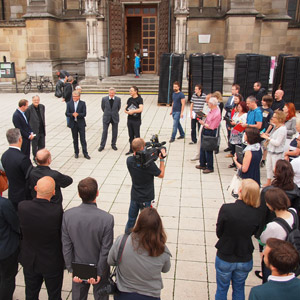
First Look at the Festival Program 2014
The 2014 Ars Electronica Festival is quickly approaching and the lineup of events is shaping up nicely. So, this would be a great time for a sneak preview of some featured presentations and exhibitions. Here’s a peek at what you can look forward to at the opening on September 4th.
-
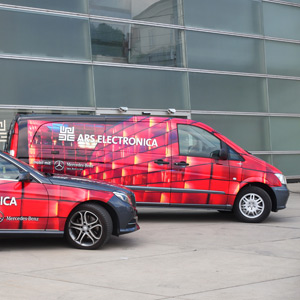
Mercedes-Benz: Ars Electronica’s Official Fleet Supplier since 2013
Mercedes-Benz Austria has been Ars Electronica’s official fleet supplier since last year. the reciprocal inspiration of art and science is one of several promising strategies they’re pursuing.
-
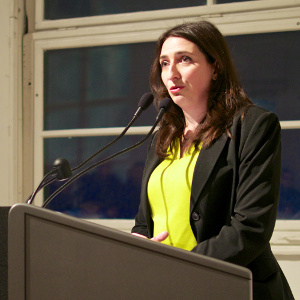
2014 CyberArts Exhibition
The CyberArts Exhibition traditionally shows a selection of works singled out for recognition by the Prix Ars Electronica. In this interview Genoveva Rückert gets a foretaste of the 2014 CyberArts Exhibition.
-
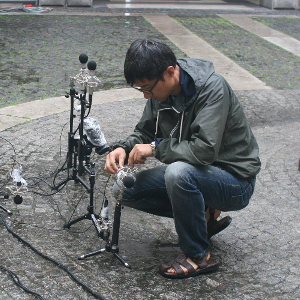
Detecting the Feelings of Plants
On the trail of the feelings of plants, Young Sun Kim goes in the course of his residency stay in the Ars Electronica Futurelab, by presenting sounds from the perspective of little flowers.
-
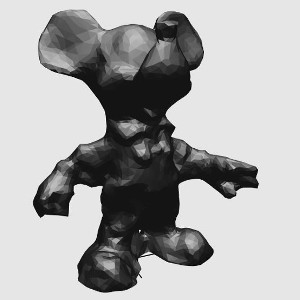
File-sharing with Disarming Corruptor
With a critical project, in the field of digital manufacturing, Matthew Plummer-Fernandez won an Award of Distinction at the Prix Ars Electronica 2014. In an interview he talks about the software application „Disarming Corruptor“.
-

Linz Dances with MovesReloaded and OscFluctuation
We’re pleased to announce two great public showcases for the 2014 Ars Electronica Festival, which Ars Electronica Futurelab and Salzburg University of Applied Sciences has been developed together in the context of a research project named CADET.
-
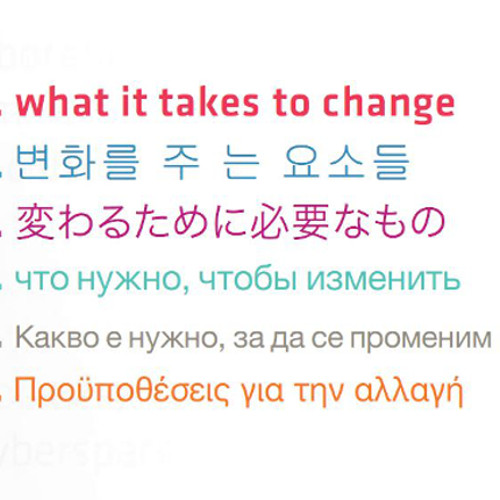
Open Call to Take Part in the Future Innovators Summit
Through an open call innovators and creators worldwide are invited to compete for the Future Innovators Summit and become one of 24 “catalysts of change”.
-

A Get-Acquainted Stroll around Festival City
Banks, schools, shops, pubs, courtyards, playing fields, avenues and lanes, display cases, churches and their façades and roofs—these are the Linz locations at which this year’s Ars Electronica Festival will be staged. Here’s a glimpse of what awaits you September 4-8, 2014.
-
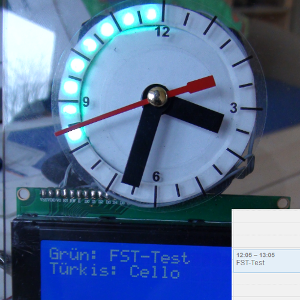
Time of Day and Appointments at a Glance
The 15-year-old student, Jonas Bodingbauer, developed a clock that lets you see not only the current time but also upcoming appointments. With his invention he received an Award of Distinction in the u19 – CREATE YOUR WORLD category.
-
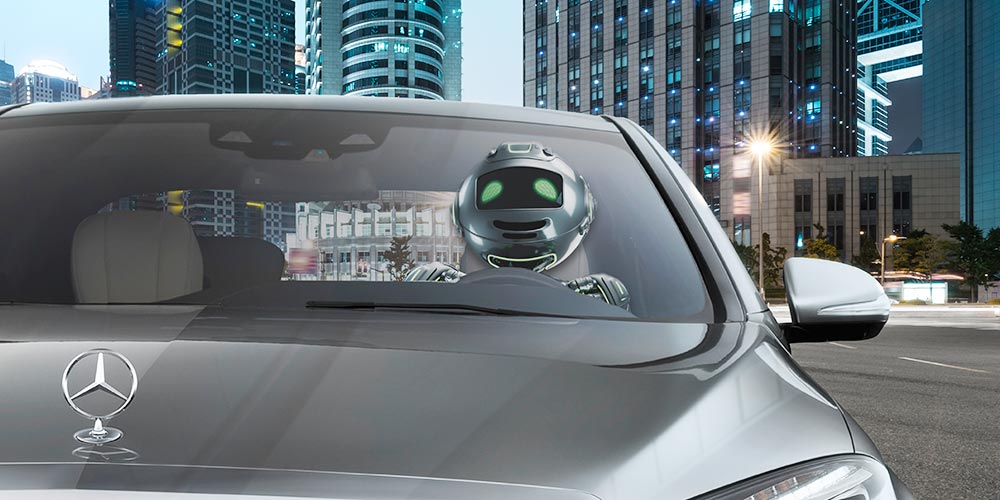
Greetings, robot car!
Motorists will soon be sharing the road with robot cars on a daily basis. In cooperation with Mercedes-Benz, the Ars Electronica Futurelab is investigating ways to enable us to communicate effectively with the self-driving vehicles that are coming our way.
-
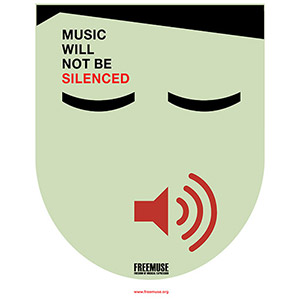
Soundtracks for Change
Incarcerated, ostracized, silenced—the fate of many musicians often goes unheard. Freemuse, the world forum on music and censorship, is trying to change this by keeping the global public informed.
-
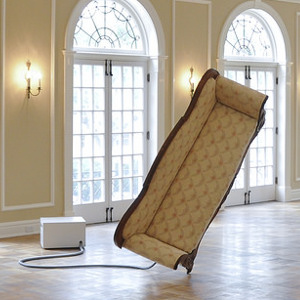
On Search for Balance
“Balance from Within” is the title of the installation by Jacob Tonski, with whom he won an award in the category Interactive Art at Prix Ars Electronica 2014. In this interview he tells us what it is all about the balancing sofa.
-

A panoramic school project
A school project must not always be limited to the walls of the classroom. Dejan Markovic, student of the Technical College Traun, used the infrastructure of the Deep Space at the Ars Electronica Center for the presentation of his self-made panoramic pictures.
-

On Eliminating Barriers
“Assistive technology” is designed to help people with disabilities to stay connected to Digital Society. In this interview, Gerhard Nussbaum provides an expert introduction to this field.
-
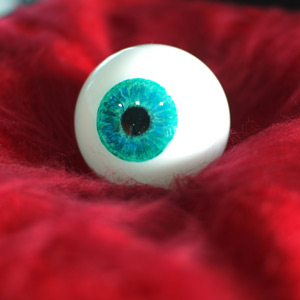
The Eye in the Magic Box
Wooden eye, take care – this is a well-known phrase in German language, which comes to life in “The Eye Named Frank”, an artificial eye that keeps track of its observers.
-
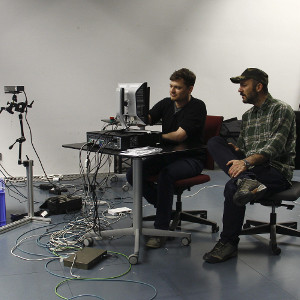
Real Imaginary Objects to Touch
The Australian media artist Daniel Crooks had the goal, during his artist-in-residence program at the Ars Electronica Futurelab, to overcome the limits of the screen and generate physical three-dimensional sculptures from it. Whether he has succeeded, he says, together with Otto Naderer, in this interview.
-
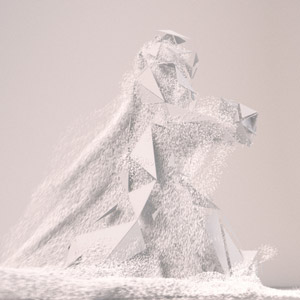
Animated Films that Move Us
Animated films have to touch people and speak to their needs. Jurors Sabine Hirtes and Joe Gerhardt talk about what actually characterizes good animation and which trends can currently be observed in this field.
-

360 degrees of Enthusiasm
Jeffrey Martin, photographer and founder of the online platform 360cities.net gives an insight into his working methods and thinks aloud about the next trend of panoramic recordings: 360 degree videos.
-

Is this work of art really worth 140 million?
A Francis Bacon for 140 million, a Pablo Picasso for 120 million U.S. dollars. Are these works of art really worth that much? The “Art Retriever” of art and media student Rosi Grillmair gives an insight into the world of the art market.
